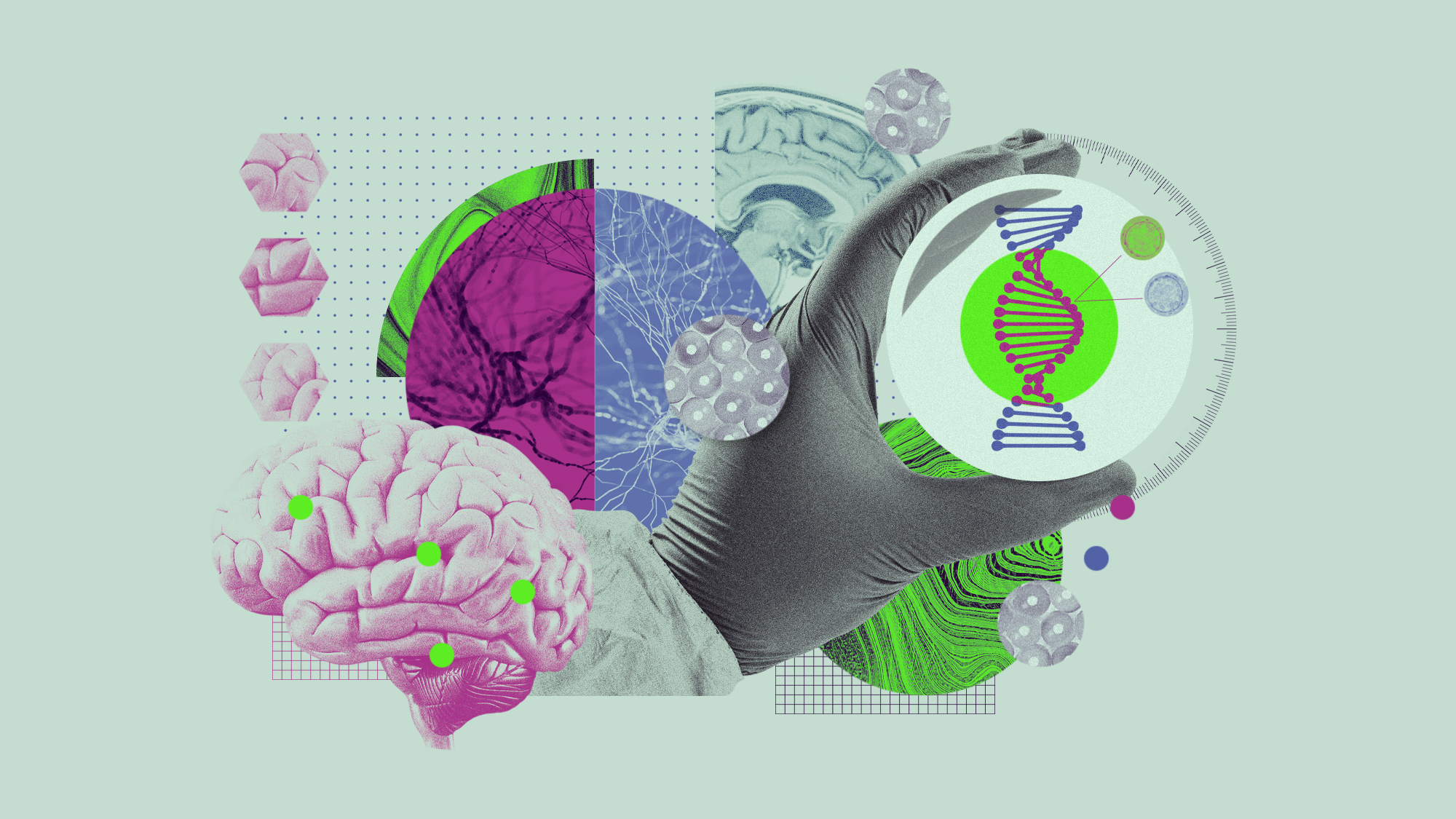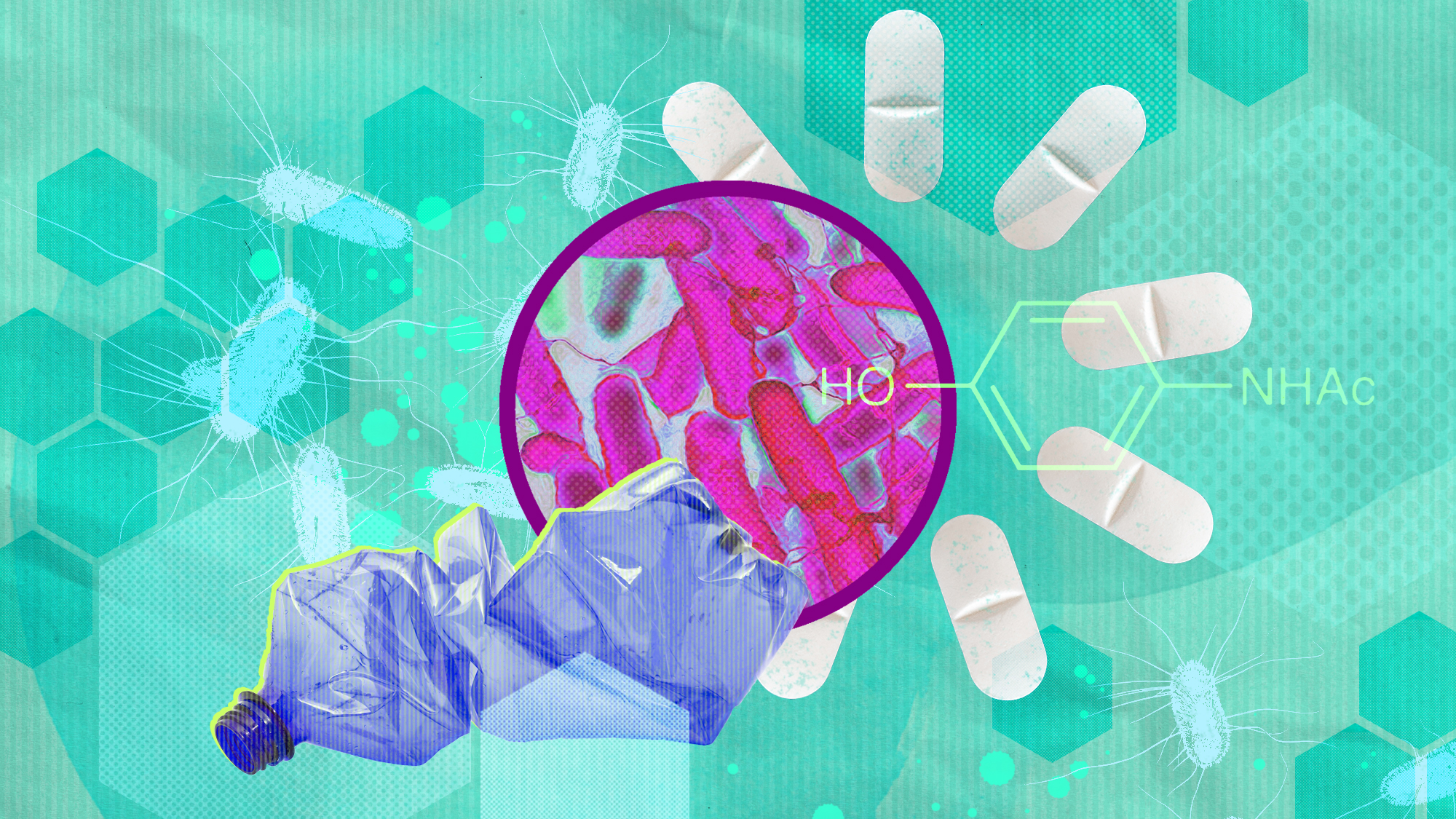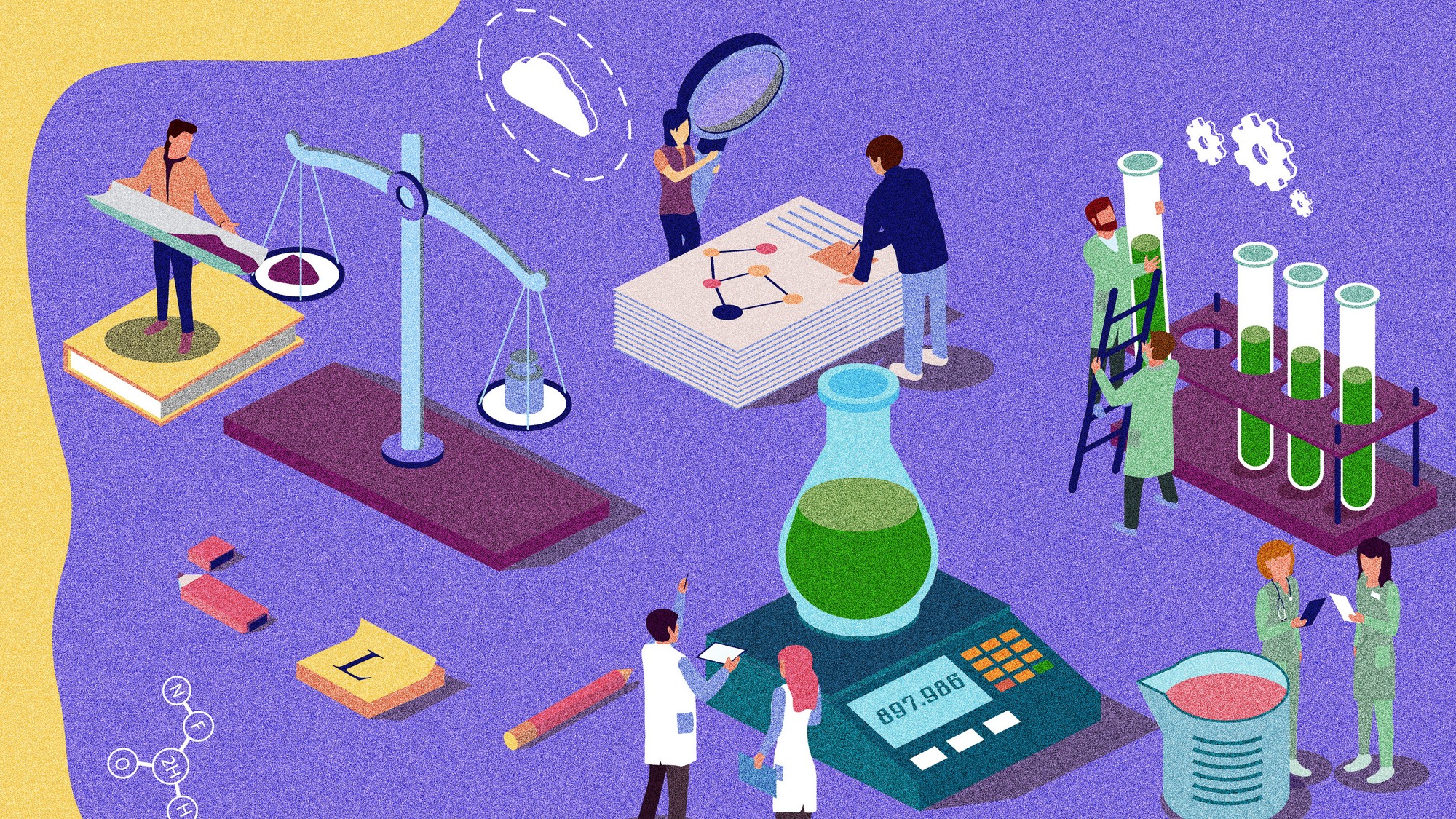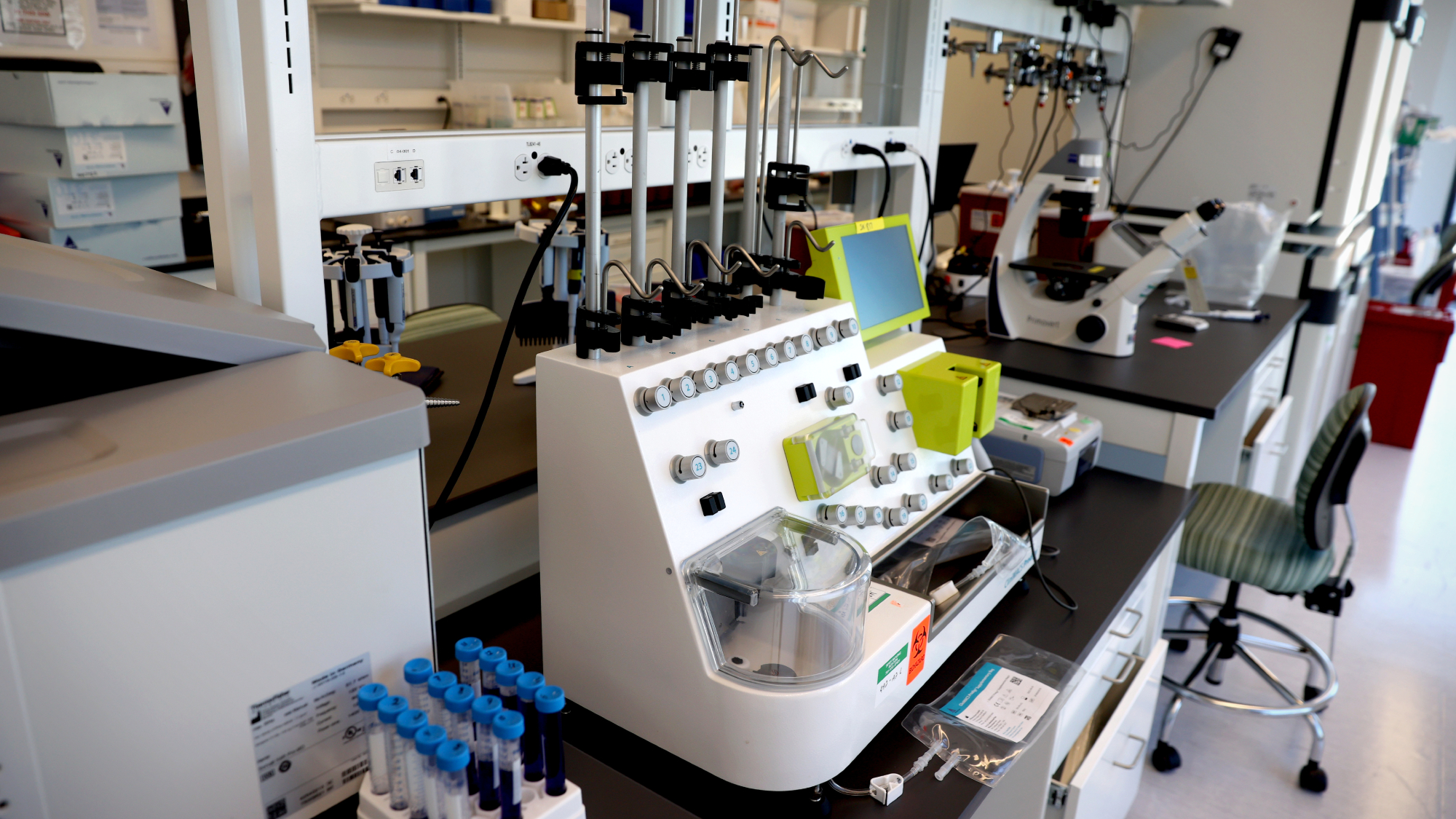Health & Science
When Mars had a life-friendly lake; Freshwater under the ocean; Grade boosts for looking good; Ignore that smartphone
When Mars had a life-friendly lake
NASA scientists have discovered evidence that a large freshwater lake existed on Mars billions of years ago, further strengthening the case that Earth’s neighbor once harbored life. The lake was part of a network of waterways that could have lasted thousands or even millions of years—possibly long enough for simple organisms to take hold there. Those conclusions come from an analysis of two mudstones drilled by the Curiosity rover during its exploration of the 96-mile-wide Gale Crater. The analysis dates the lake’s existence to about 3.5 billion years ago—roughly the same time life emerged on Earth—when Mars was warm and wet rather than the cold and arid place it is today. The mudstones contained clay minerals, which form in waters with neutral pH, along with carbon, hydrogen, oxygen, sulfur, nitrogen, and phosphorus—all elements critical to life as we know it. They also contained iron and sulfur minerals that could have been food for microbes like chemolithoautotrophs, which live on Earth deep underground and in caves and hydrothermal vents. “All the essential ingredients for life were present,” Caltech geologist John Grotzinger tells The New York Times. “The whole thing just seems extremely Earth-like.”
Freshwater under the ocean
The Week
Escape your echo chamber. Get the facts behind the news, plus analysis from multiple perspectives.

Sign up for The Week's Free Newsletters
From our morning news briefing to a weekly Good News Newsletter, get the best of The Week delivered directly to your inbox.
From our morning news briefing to a weekly Good News Newsletter, get the best of The Week delivered directly to your inbox.
Vast reserves of freshwater have been discovered beneath the seabed of continental shelves off Australia, China, North America, and South Africa—a potentially valuable resource for coastal cities needing to alleviate water shortages or combat drought. The finding comes from a new analysis of seafloor water studies conducted for oil and gas exploration purposes. The total volume of these untapped reserves is estimated at 120,000 cubic miles, “a hundred times greater than the amount we’ve extracted from the earth’s subsurface in the past century since 1900,” Australian hydrogeologist Vincent Post tells ScienceDaily.com.The reserves were formed hundreds of thousands of years ago, when sea levels were much lower and much of the ocean floor was dry land. Rainwater seeped into the ground and filled up the water table, which was later sealed off by protective layers of clay and sediment and covered as the oceans rose. Scientists say that the water could be tapped by drilling and that its salinity is low enough that it could be converted readily into potable water. By 2025 two thirds of the world’s population will no longer have a secure water supply, according to the United Nations.
Grade boosts for looking good
Good-looking high school students get better grades, increasing their chances of going to college and being economically successful. That’s the conclusion of a study based on data from the National Longitudinal Survey of Adolescent Health, which began tracking almost 9,000 adolescents across the U.S. in the 1994–95 school year. Interviewers noted students’ attractiveness, obtained their grade records, and checked in on them periodically into their 20s and 30s. “The attractive do have a GPA advantage [over] the average,” Rachel Gordon of the University of Illinois at Chicago tells USA Today, but her study couldn’t establish whether that’s because teachers simply favor attractive faces or because the confidence that comes from being good-looking makes students perform better academically. Researchers found that while being better looking than average is a plus, being very attractive doesn’t help significantly more. Those “on the ugly side of looks,” however, are more depressed and have fewer friends than average-looking people, both in high school and young adulthood. There are some disadvantages to being attractive, the study found, including an increased likelihood of early sexual activity and drinking heavily, which researchers said can have negative impacts on academic performance.
Ignore that smartphone
A free daily email with the biggest news stories of the day – and the best features from TheWeek.com
Smartphones make it easy to socialize and search the Internet, but the ability to constantly connect can have a downside. A new study of 500 college students found that those who use their cellphones most often are likely to be less happy, more anxious, and less successful students than those who sometimes ignore them. “There is no ‘me’ time or solitude left in some of these students’ lives,” Kent State University researcher Andrew Lepp tells The Daily Mail (U.K.). “I think mental health requires a bit of personal alone time to reflect, look inward, process life’s events, and just recover from daily stressors.” After tracking the students’ cellphone use, Lepp and his team found that those who could put their cellphones aside for periods of time earned higher GPAs and experienced less anxiety and greater happiness in their lives than more frequent phone users. “The social network sometimes just makes me feel a little bit tied to my phone,” one student said. “It makes me feel like I have another obligation in my life.”
-
 Political cartoons for December 6
Political cartoons for December 6Cartoons Saturday’s political cartoons include a pardon for Hernandez, word of the year, and more
-
 Pakistan: Trump’s ‘favourite field marshal’ takes charge
Pakistan: Trump’s ‘favourite field marshal’ takes chargeIn the Spotlight Asim Munir’s control over all three branches of Pakistan’s military gives him ‘sweeping powers’ – and almost unlimited freedom to use them
-
 Codeword: December 6, 2025
Codeword: December 6, 2025The daily codeword puzzle from The Week
-
 5 recent breakthroughs in biology
5 recent breakthroughs in biologyIn depth From ancient bacteria, to modern cures, to future research
-
 Bacteria can turn plastic waste into a painkiller
Bacteria can turn plastic waste into a painkillerUnder the radar The process could be a solution to plastic pollution
-
 Scientists want to regrow human limbs. Salamanders could lead the way.
Scientists want to regrow human limbs. Salamanders could lead the way.Under the radar Humans may already have the genetic mechanism necessary
-
 Is the world losing scientific innovation?
Is the world losing scientific innovation?Today's big question New research seems to be less exciting
-
 Breakthrough gene-editing treatment saves baby
Breakthrough gene-editing treatment saves babyspeed read KJ Muldoon was healed from a rare genetic condition
-
 Humans heal much slower than other mammals
Humans heal much slower than other mammalsSpeed Read Slower healing may have been an evolutionary trade-off when we shed fur for sweat glands
-
 Scientists map miles of wiring in mouse brain
Scientists map miles of wiring in mouse brainSpeed Read Researchers have created the 'largest and most detailed wiring diagram of a mammalian brain to date,' said Nature
-
 Scientists genetically revive extinct 'dire wolves'
Scientists genetically revive extinct 'dire wolves'Speed Read A 'de-extinction' company has revived the species made popular by HBO's 'Game of Thrones'